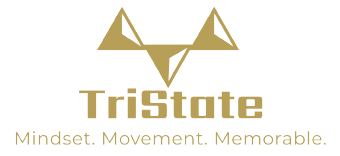Why Everyone Should Learn to Squat Well
Out of everything we teach, the squat might be the most versatile movement. You get so much return from it—whether you're chasing PRs as a weightlifter or just trying to move and feel better in everyday life. The squat challenges range of motion, demands stability, and teaches control. You can load it heavy, move it fast, modify it a dozen different ways, and it’s still going to give back.
As we age, load-bearing movements like the squat become even more important. It keeps your joints healthy, your legs strong, and your posture solid. And for athletes? It’s the foundation. We use squats to build strength, speed, power—you name it. You can front squat, high bar, low bar, belt squat, overhead squat. You can squat for singles or for reps. There’s a variation that fits just about every need.
One of the biggest mistakes I see, though, is loading the squat too quickly. Athletes think if they go heavier, they’ll get better—but if the squat pattern isn’t clean, that load just reinforces bad habits. I’ve got a lifter right now transitioning from high bar to low bar. We’re not touching percentages—we’re going by feel and RPE because the goal is to learn the position first. Then we can layer on the weight.
Have I seen squats help outside the gym? 100%. One of our athletes is close to 70 years old, and he still back squats and front squats consistently. I truly believe that’s a huge part of why he’s as mobile and strong as he is today. This stuff matters long term.
My go-to teaching tools for squats:
Zombie squats – These help teach posture and balance for front squats.
Cues – “Pull the bar into your shoulders” helps build upper back tension, and “put your hips into the heels of your shoes” helps reinforce proper depth and position.
If I had to pick one squat variation for most athletes, it would be the front squat. It builds strength, core control, and a vertical torso—without the same demands on shoulder mobility as some other lifts. It also translates directly to Olympic lifts and athletic movement.
Bottom line: everyone should be squatting. And everyone can benefit from doing it better. So whether you're just getting started or trying to clean things up—film it, review it, and keep working at it. Need help? I’ve got you,

